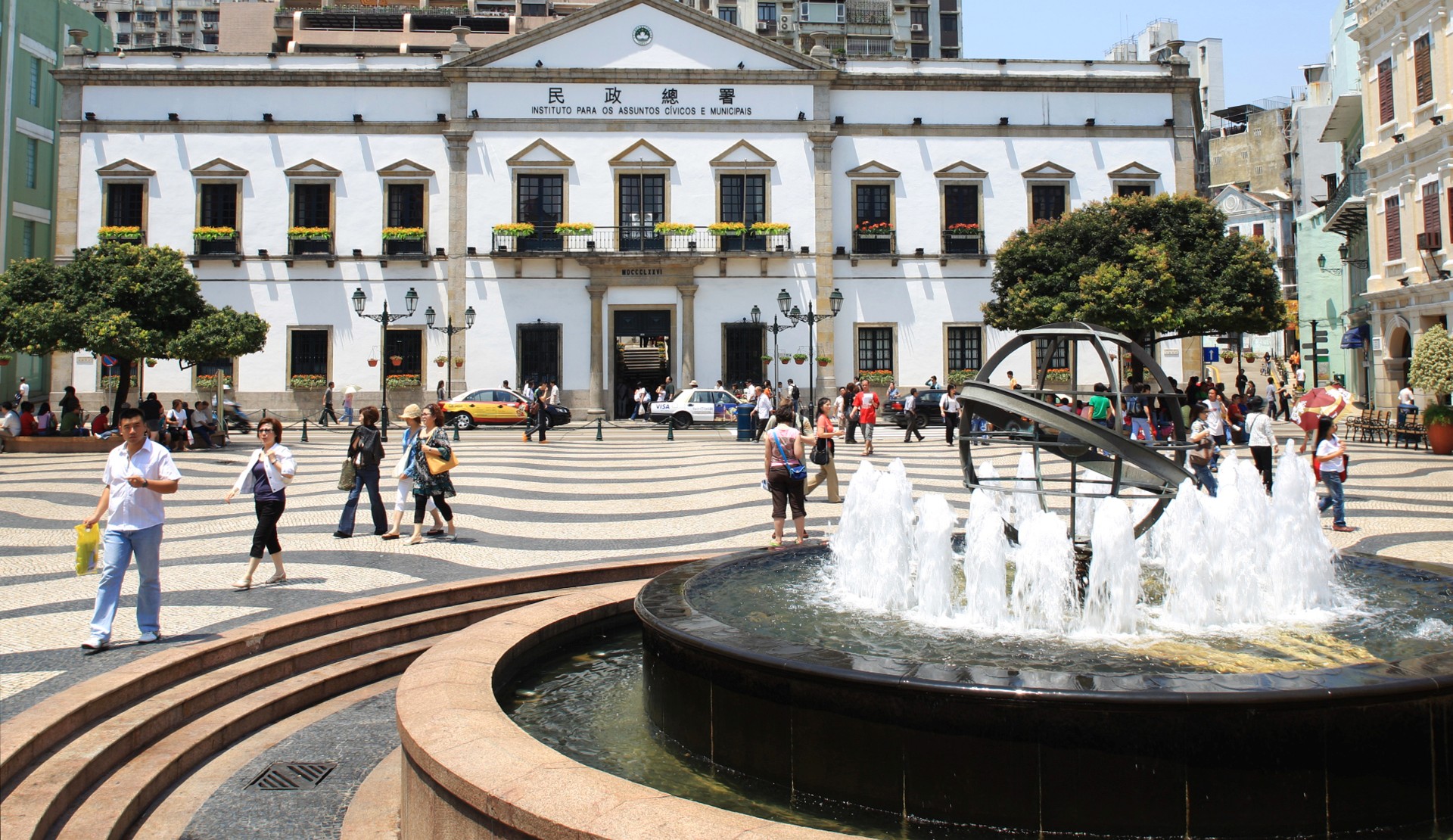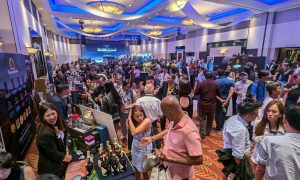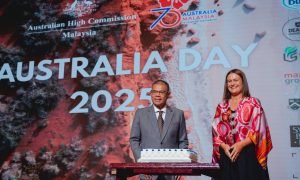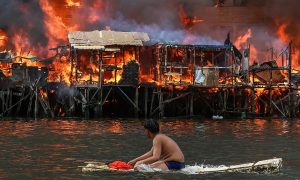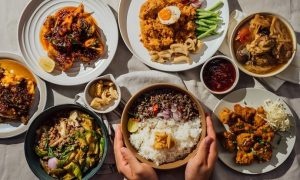The world often reveals itself to those who explore it on foot. In Macau, one of the region’s more pedestrian-friendly cities, set out on a stroll and soak up the rich heritage as you enjoy the modern delights, too.
“To walk is to understand a paradox. Though it takes longer to get to places on foot, we’re less likely to feel as if we’ve wasted time than if we drove. It’s the difference between spending time and wasting it.”
I read this quote somewhere in my travels and subsequently adopted it as one of my travel mantras. Not only do I enjoy walking, but I’m often confused by public transport systems in the destinations I visit, and rather than waste time working out the various machinations of the tram, train, and bus systems, I simply head off on foot to discover a world that always presents something new.
Rarely am I disappointed with my decision to walk, as I enjoy the detail that continually unfolds on a walk. Pedestrians notice different things than those seen from a moving vehicle.
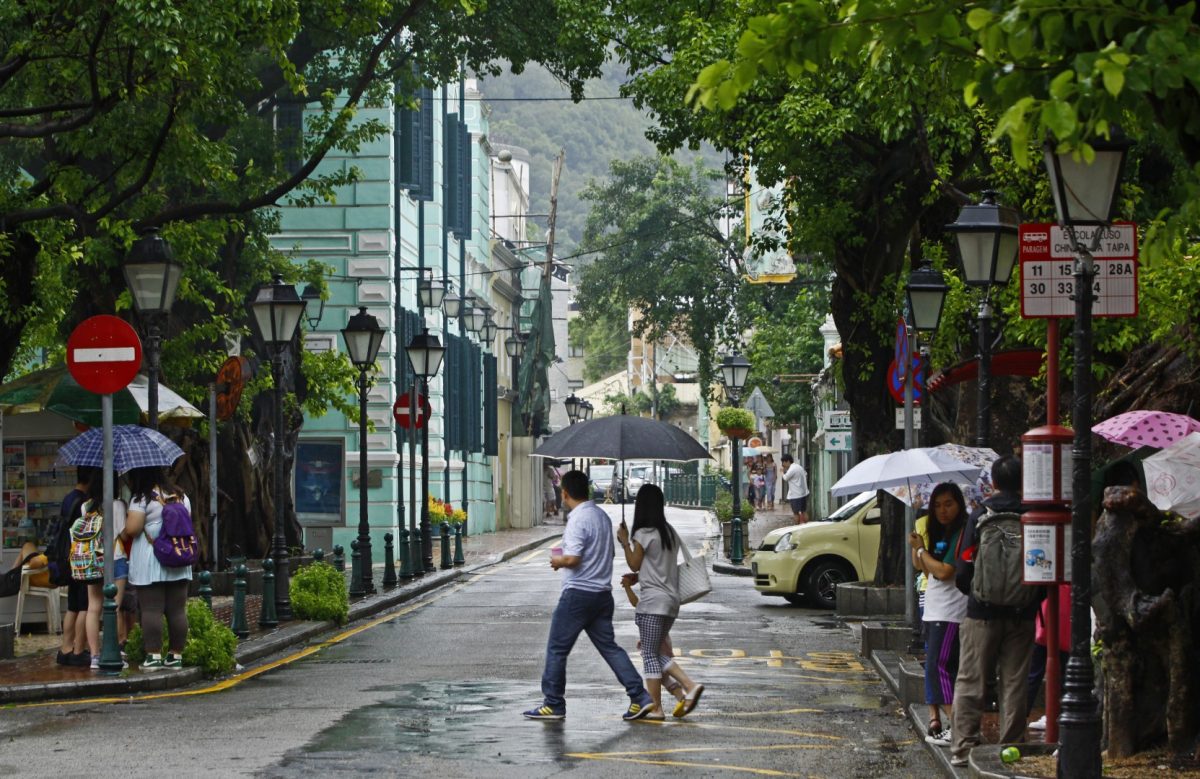
I also rate cities and regard walking cities as ‘good’ cities. Macau ranks highly on the BC Scale (Bowden City Scale), especially as it covers just 33 sq km, making it a most agreeable and manageable place to navigate on foot.
In case you’re wondering, the local spelling has changed from Macau to Macao, although both appear interchangeable, and you won’t get blank stares from the locals should you lapse and use Macau, the Portuguese spelling – and that which English-language publications still tend to prefer.
Before you head off, I need to offer a little advice, as things are changing quite rapidly in Macau now that it has returned to Chinese control. Under the agreement signed by Portugal and China in 1987, Macau became the Macau Special Administrative Region of the People’s Republic of China in 1999.
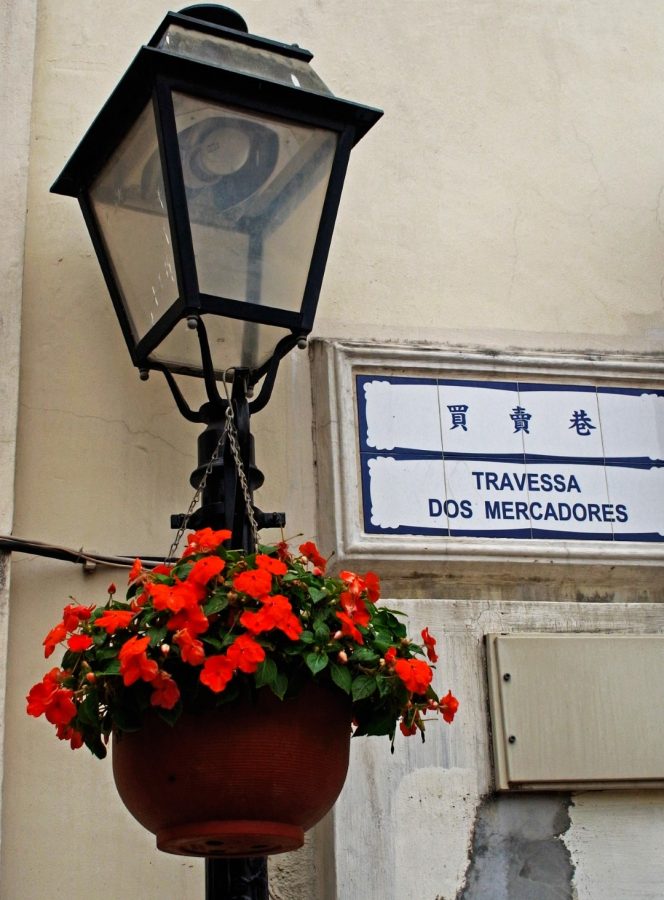
A BIT OF BACKGROUND
I first visited Macau when the Portuguese were still in charge, but I’m convinced they had forgotten about this little Asian backwater. There must have been some Macanese representative who ventured to Europe every so often to remind the colonial power that the outpost existed and that any assistance in running things would be greatly appreciated by its loyal citizens.
Macau was both a novelty and another stamp in the passport, so for those visiting Hong Kong, a day-long side trip to the territory was a tempting proposition. The fact that visitors to Macau could gamble also had a lot to do with the regular flow of visitors across the waters of the Pearl River Delta. As an aside, my first journey into China was done on an overnight steamer from Hong Kong, which ventured up the Pearl River to dock at Guangzhou in the morning. You won’t hear many visitors to China make such a statement these days.
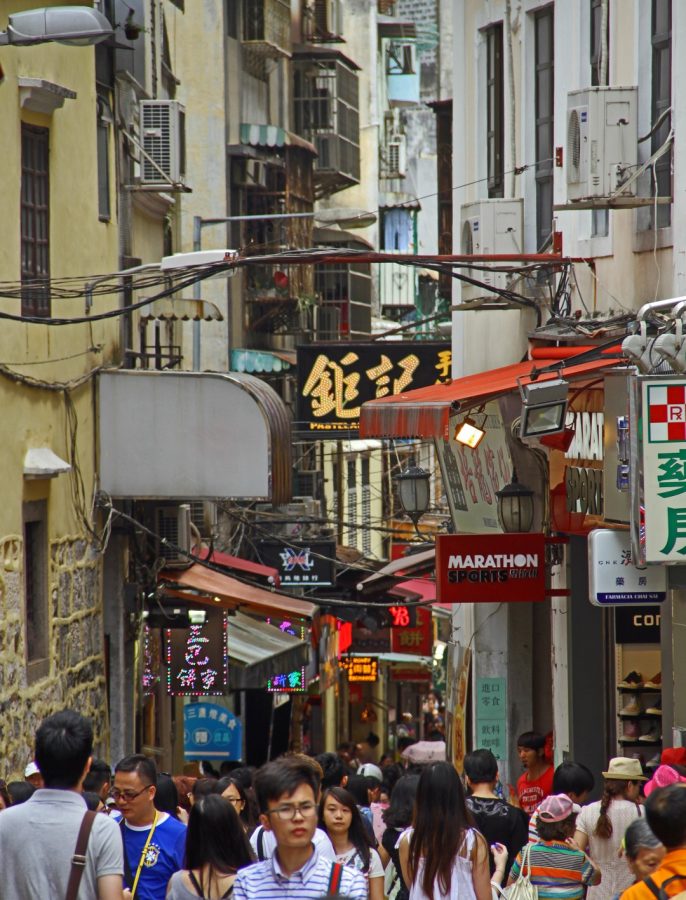
Some basic history and geography are also important (pull up Google Maps and follow me). In the mid-15th century, Portugal and Spain set out to explore the world, simply because they could. They had mastered the art of building sailing vessels that could head off into the wild blue yonder. The Age of Discovery began, and maritime luminaries like Prince Henry the Navigator were heading off into the Atlantic. Think about this for a minute; imagine young Henry saying to his folks, “I’m going to sea tomorrow; I’m not sure where I’m going, what I will see, or what’s out there, but wish me luck; and please feed the goldfish.”
Before anyone knew it, Bartholomew Diaz and Vasco da Gama were the rock-star sailors of their era. Fast forward a few decades to 1511, when Admiral Alfonso de Albuquerque sailed into the Strait of Malacca and pronounced the small port of Malacca as Portuguese from that day on (at least until the Dutch arrived and declared their intention of taking charge). Malacca, Macau, and Goa came under Portuguese control, with Macau lingering on until 1999 (as mentioned, it was as if the Portuguese had forgotten their Asian possession).
That’s the Reader’s Digest version of the history now for the geography. Macau is strategically located facing the South China Sea and is the westernmost point of a triangle that includes Zuhai and Hong Kong. There’s a land component and two main islands, Coloane and Taipa, and the point of the geographical lesson is that Taipa and Coloane are now one island, with the Cotai strip situated on reclaimed land that once separated the two islands. This is important as most of the new entertainment complexes and hotels are situated along the Cotai strip.
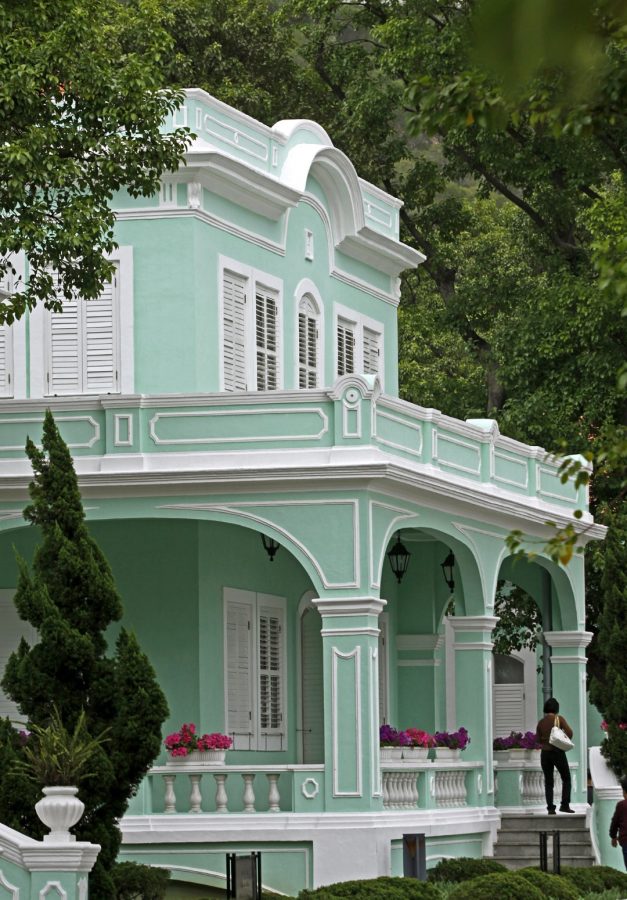
PUTTING YOUR BEST FOOT FORWARD
Being able to discover any city on foot, at your leisure, is a real bonus, as you can bypass those places of least interest and linger longer at those that capture your attention. Central Macau is located along the border with mainland China, and it’s to those older parts of Macau, where the urban streetscape is protected as a UNESCO World Heritage Site, that foot soldiers should head.
Macau attained UNESCO status because it was (and still is) a strategic maritime port controlled by the Portuguese from 1513 until 1999. Like most ports, it has a protective fort and lighthouse situated on Guia Hill, which is accessible via a gentle rise through a landscaped hillside (there is also a cable car to the summit). From here, there are good views into China (Zhuhai) and also across the South China Sea to Hong Kong.
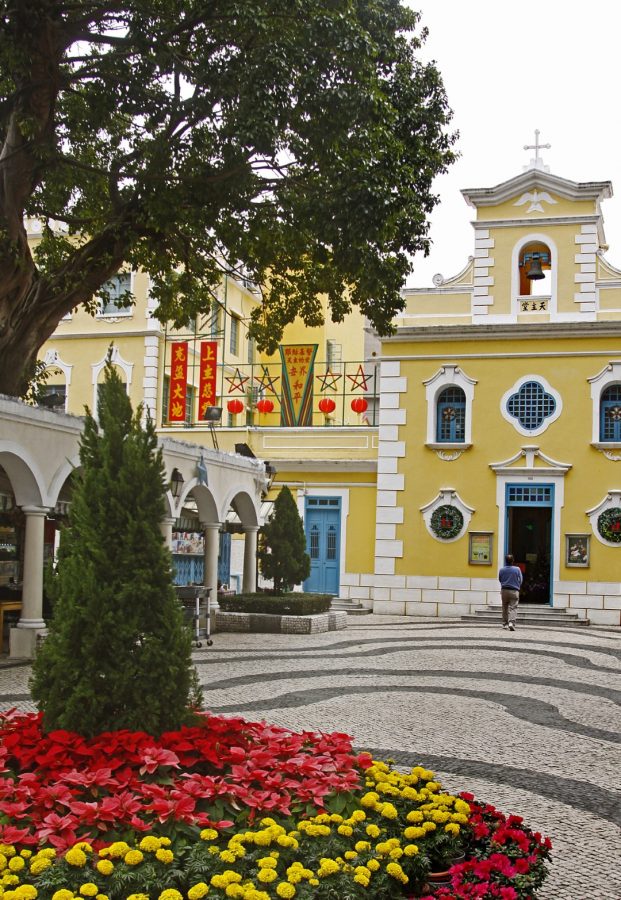
The fortress on Guia Hill was built between 1622 and 1638 after an unsuccessful attempt by the Dutch to take control of the small but strategic territory. A small chapel, originally established by Clarist nuns who resided here, is located within the protective walls. The lighthouse, built in 1864, was the first modern lighthouse to be constructed along the Chinese coastline. It stands 91 m high and the beam can be seen for 20 nautical miles on a clear evening.
Parts of Macau’s heritage heartland of narrow cobble-stoned streets resemble those back in Portugal. Macau started as a trading port to export Asian goods to the West, and its architecture is varied, from Moorish buildings to Chinese temples and European churches dating back to the 16th century.
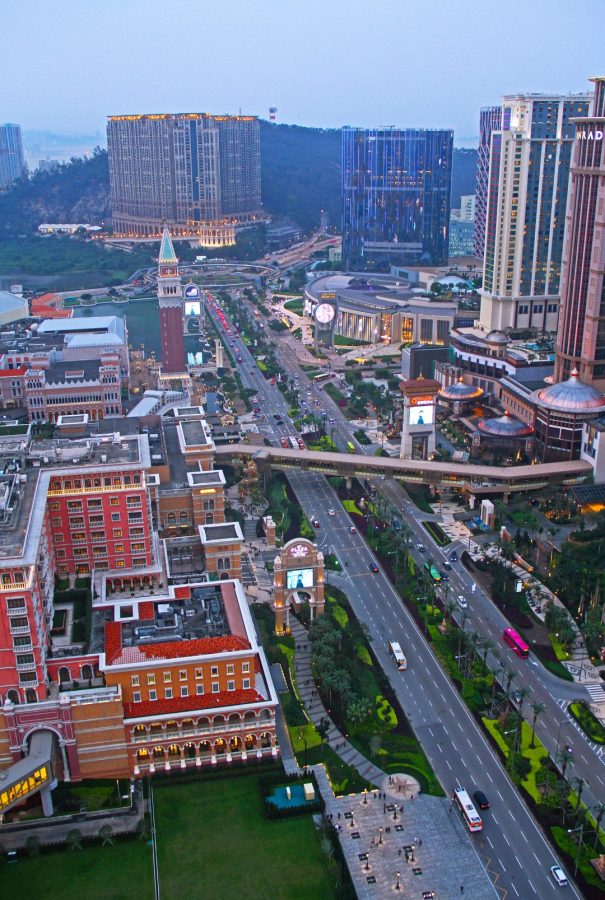
SQUARES AND SPIRES
Macau Government Tourism Office has produced some excellent walking trail maps which can be obtained from places such as the tourism office, located near Senado Square.
Senado Square has been Macau’s urban centre for centuries and the venue for many public events. It is lined with neo-classical buildings that create a Mediterranean ambiance, and the square is covered in black and white tiles laid by Portuguese artisans in a pattern resembling a wave. The main building is Leal Senado (which means ‘loyal senate’), built in 1784 as the first municipal chamber where official matters of state were thrashed out. It has had several incarnations since its conception, but the exterior has remained mostly untouched since 1940.
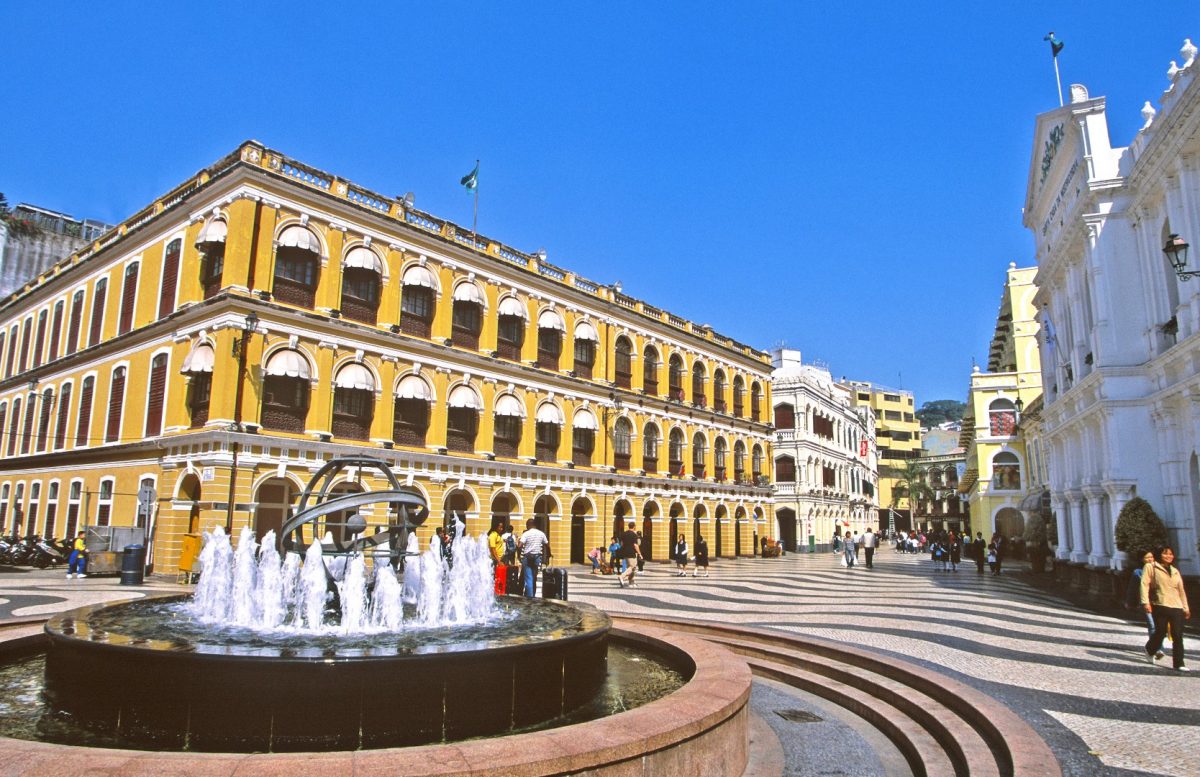
From Senado Square, narrow cobblestone streets pass St. Dominic’s Church, which was founded by the Dominicans in 1587 as the first church of the order in China. It was built with wooden structures and became known to the Chinese as the wooden board temple.
The narrow street winds its way to the popular heritage site of the 17th-century ruins of St. Paul’s Church. Its stone façade is all that remains after the church was destroyed by a fire in 1835. Originally known as the Church of Mater Dei, it was built by Jesuit monks from 1602 to 1640 and is considered the first Western-style university in the Far East. Nowadays, the ruins act as an altar to the city, and the steps and decorative flowerboxes make it a popular place to pose for photos.
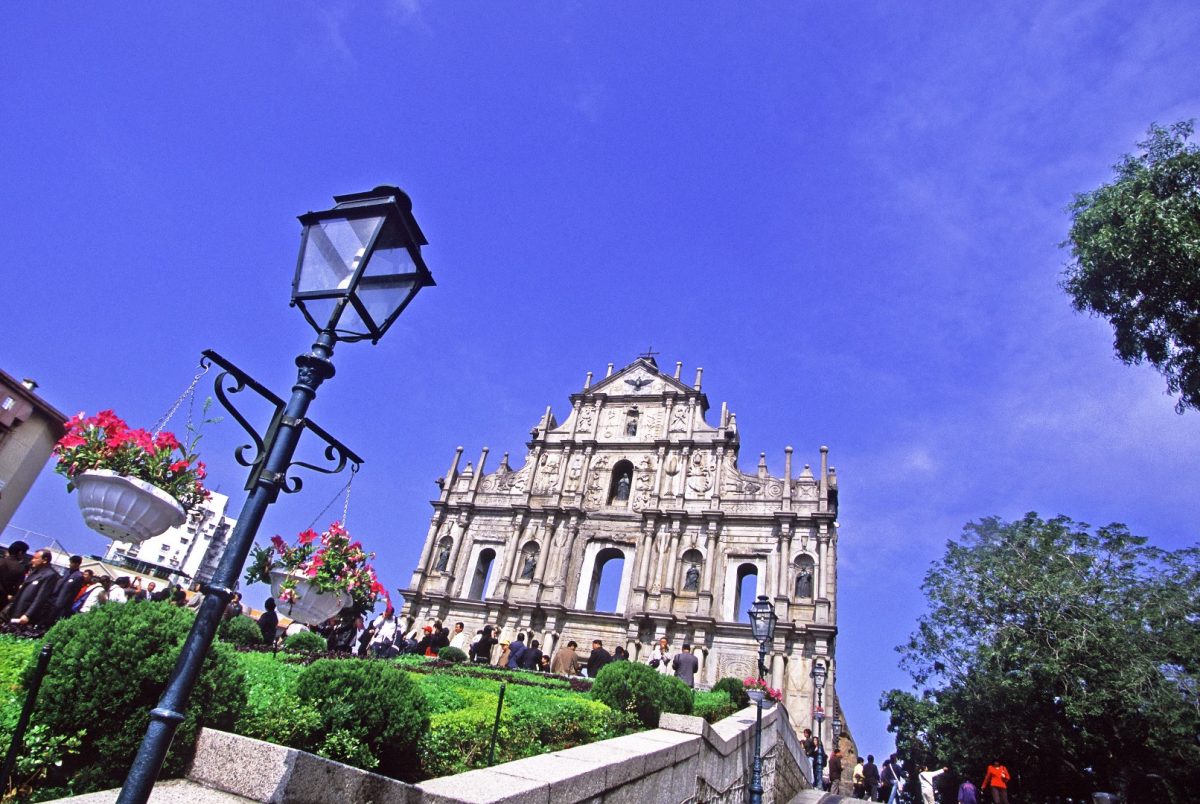
Nearby, Kuan Kai Temple, or Sam Kai Vui Kun, is St. Dominic’s Market. Its architectural design is more Western than Eastern, and historians suggest that this is representative of the coexistence of the two cultures in Macau.
One heritage trail winds its way to Rua do Almirante Sérgio, with Pier 16 being a good place to admire the protected Inner Harbour and the fishing boats that moor on the waterway separating Macau from mainland China. Opium House is located at 16 Praça de Ponte e Horta, just off the main road. This warehouse was built in 1880 in a style typical of the era. The building was meticulously restored in 1996, 50 years after opium was banned in the territory. In the same area, Praça de Ponte e Horta is an open square along the Inner Harbour.
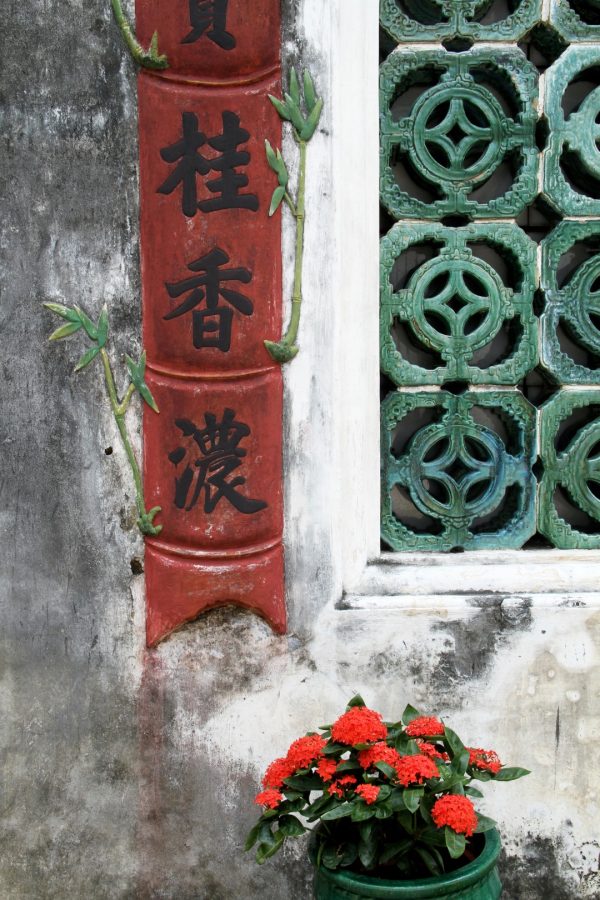
TOURISM ARMIES MARCH ON THEIR STOMACHS
Food is an essential component of most journeys these days, and Macau doesn’t disappoint. Macau’s history ensures that Portuguese, southern Chinese, and the fusion of two cuisines called Macanese, proliferate alongside almost every global cuisine served in Michelin-starred restaurants. As they hailed from a seafaring nation, Portuguese chefs were early pioneers in adopting and incorporating spices and ingredients from the countries that they colonised. This meant that South American, African, and Asian ingredients were introduced to Macau and fused with existing Chinese recipes.
Seasoning and ingredients such as coconut milk, turmeric, cinnamon and balichão (salty sour shrimp paste), created the unforgettable tastes and aromas of Macanese cuisine. While the signature dishes are chilli shrimp and galinha an Africana (African chicken), there are many others, including baked crab, grilled sardines, bacalhau (salted cod), and egg yolk soufflé.
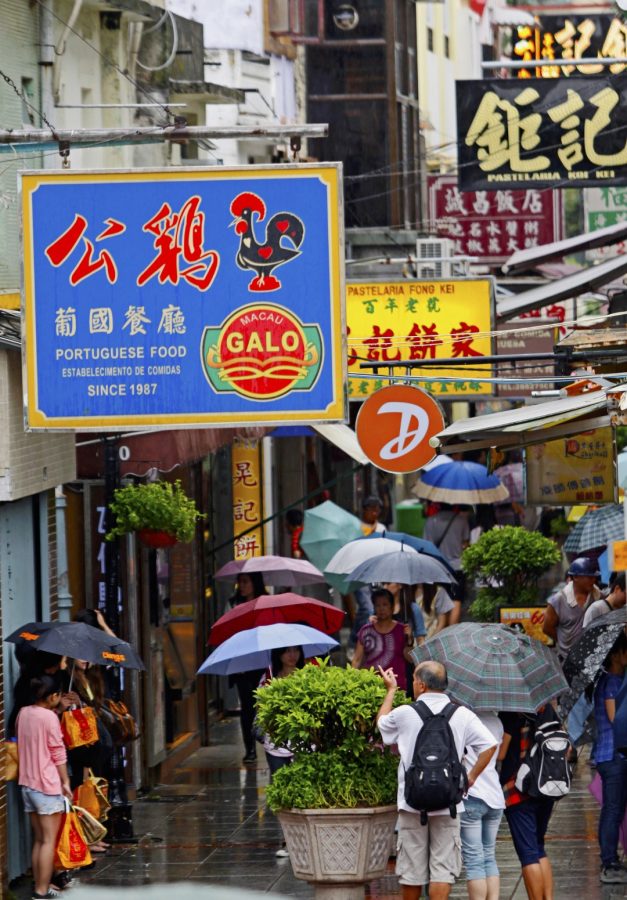
Some of the acclaimed local restaurants include Litoral, Espaço Lisboa, Albergue 1601, and Riquexó. One that has captured my attention is Tapas de Portugal by António in Taipa Village. Exploring Taipa Village is a must, as there are many treats to be discovered, including a small local market, coffee at Sei Kee Café, and Portuguese dishes at Portugália Restaurant.
The Michelin-starred outlets are mostly located in luxury hotels, seemingly because they can bankroll such large investments. These resorts and hotels literally trip over each other to attract global celebrity chefs, not only to cater to discerning diners, but also for bragging rights.
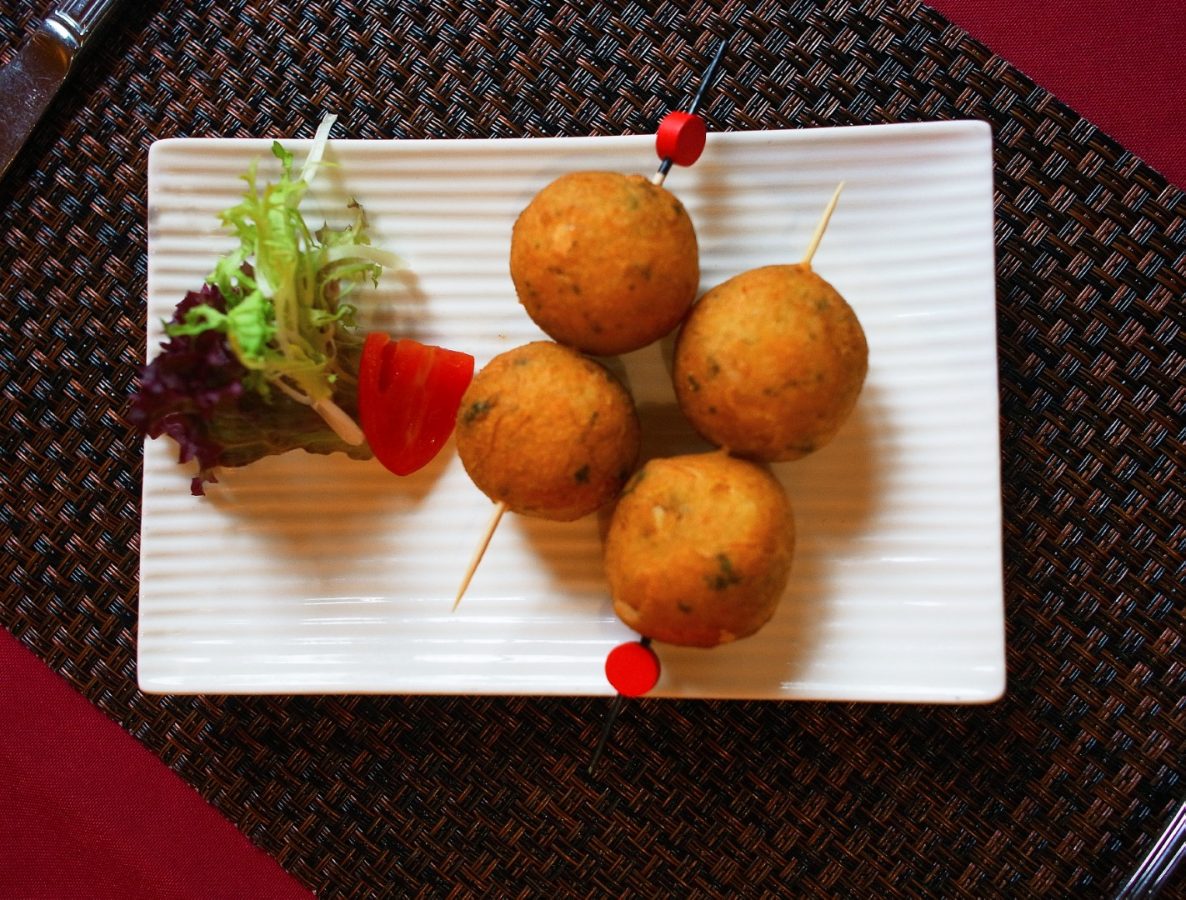
Resorts like MGM Cotai are home to Coast (Graham Elliot MasterChef USA), Aji (Matsuhara Tsmura, owner of Maido Restaurant in Lima, Peru and rated the world’s sixth best restaurant), and Grill 58 (Mauro Colagreco, owner of Mirazur in France, rated among the world’s best restaurants so many times that it’s rendered itself ineligible for most awards).
Mere mortals can settle for the simple things of life. Portuguese egg tarts, or pasties de nata, are a treat that many visitors stock up on to take back home. They are similar to Chinese egg tarts, with a rich, creamy egg filling within soft, flaky pastry. However, those in Macau differ in that they have sugar sprinkled on top so that they caramalise to a dark brown crust. Lord Stow’s Bakery didn’t invent these tarts, but it has taken ownership of them, and most aficionados flock to their various outlets.
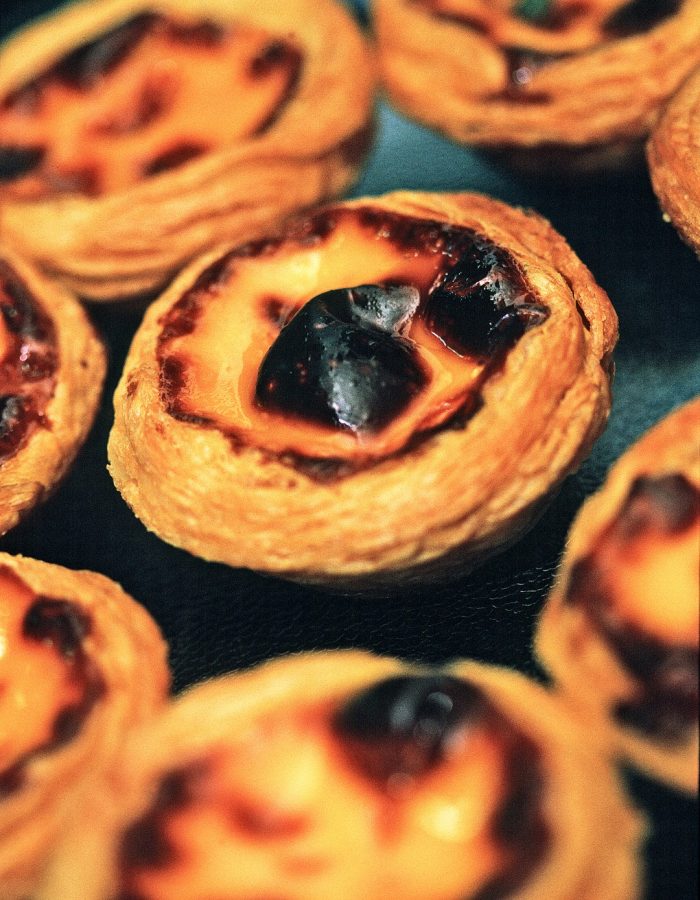
Not surprisingly, Portuguese wines are commonly served in the territory, with vinho verde being a unique style. These ‘green wines’ refer to them being young wines rather than mature wines, and they tend to be slightly bubbly, light, fresh, crisp and easy to drink, making them perfect for spicy Macanese food.
If you haven’t been to Macau, go; it doesn’t disappoint. While most will go to enjoy the razzmatazz of the large hotels and associated entertainment complexes, the history will fascinate those who lead their lives in the slow lane.
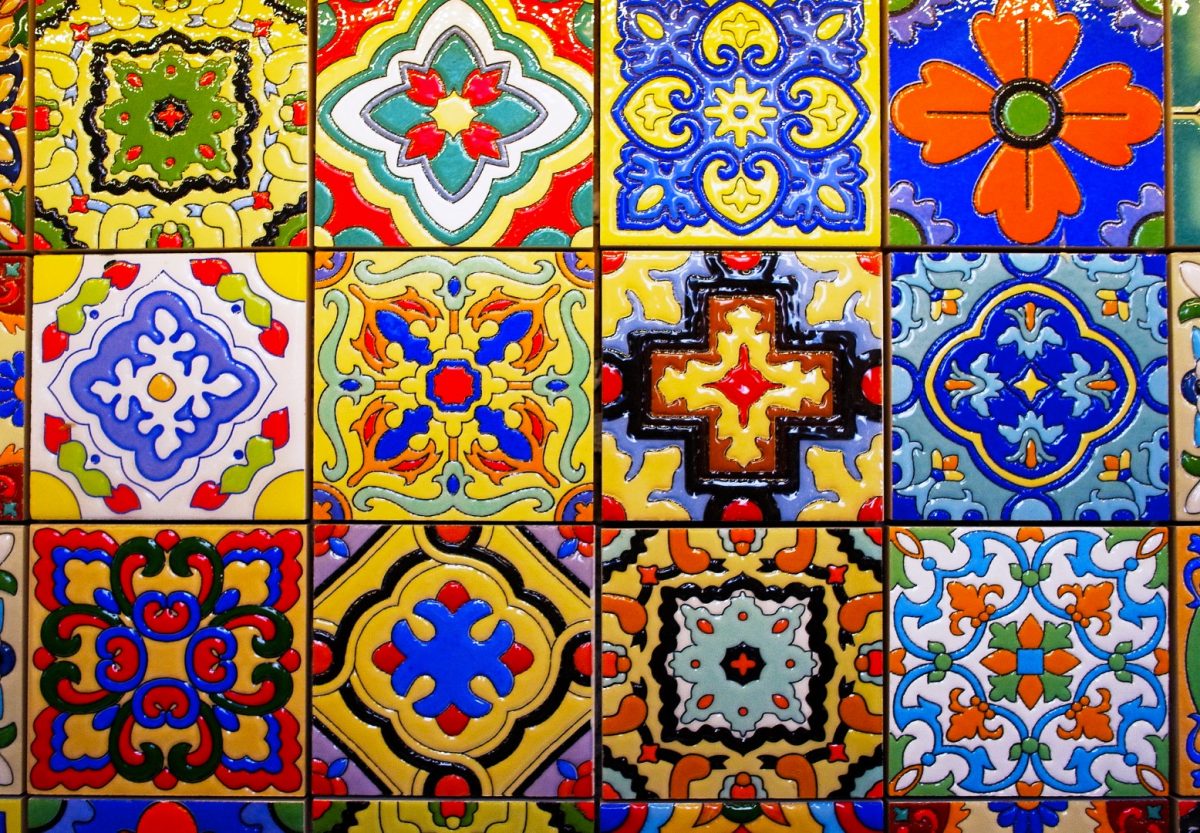
TRAVEL FILE
Getting There
Air Macau (airmacau.com.mo) has daily flights to and from Macau as of July. Contact the airline in Kuala Lumpur at, T: +603 2144-2500
Where to Stay
Almost every international hotel brand has a property in Macau. My last stay was at MGM Cotai to sample its Michelin-star offerings and I wasn’t disappointed.
Contacts
Macau Government Tourism Office (macaotourism.gov.mo).
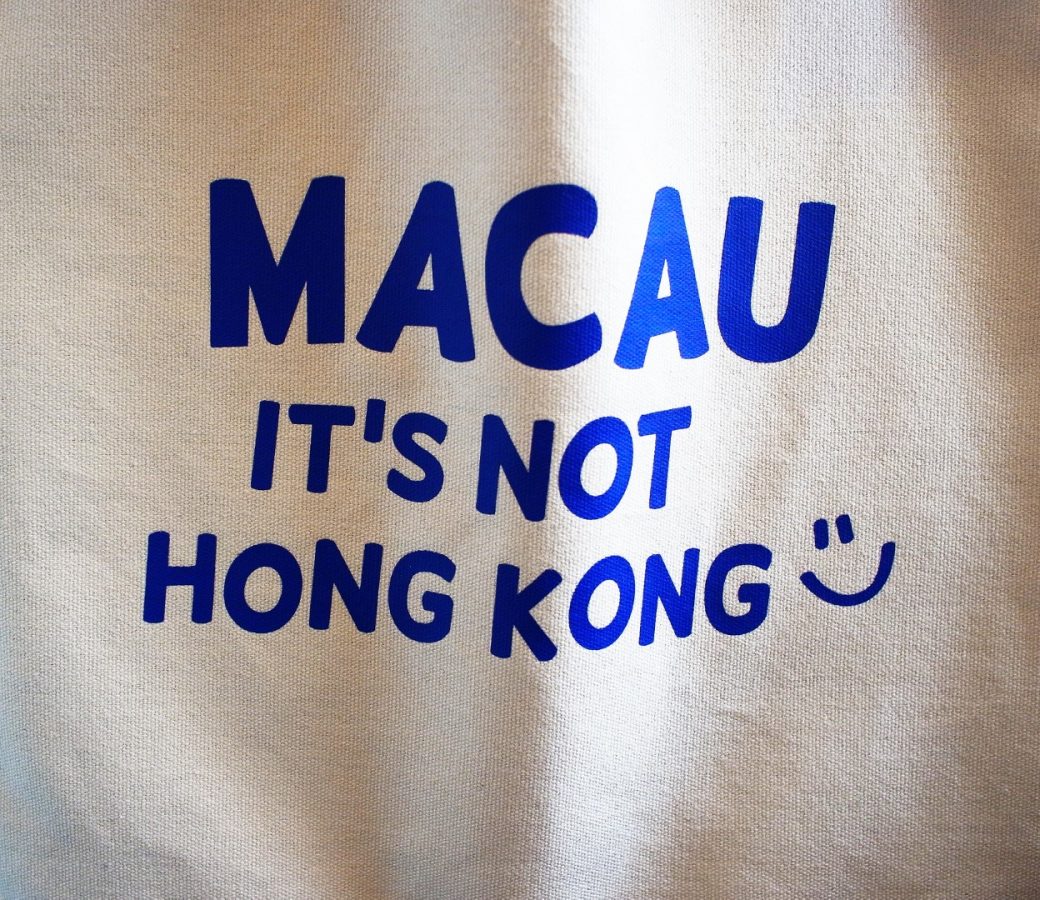
"ExpatGo welcomes and encourages comments, input, and divergent opinions. However, we kindly request that you use suitable language in your comments, and refrain from any sort of personal attack, hate speech, or disparaging rhetoric. Comments not in line with this are subject to removal from the site. "


